Better healthcare seating starts with deeper understanding
From nurse insights to ergonomic precision, our brands design healthcare seating in ways that others can’t—shaped by experience, built for performance, and constantly refined for the realities of care.
Jun 20, 2025
5 minutes
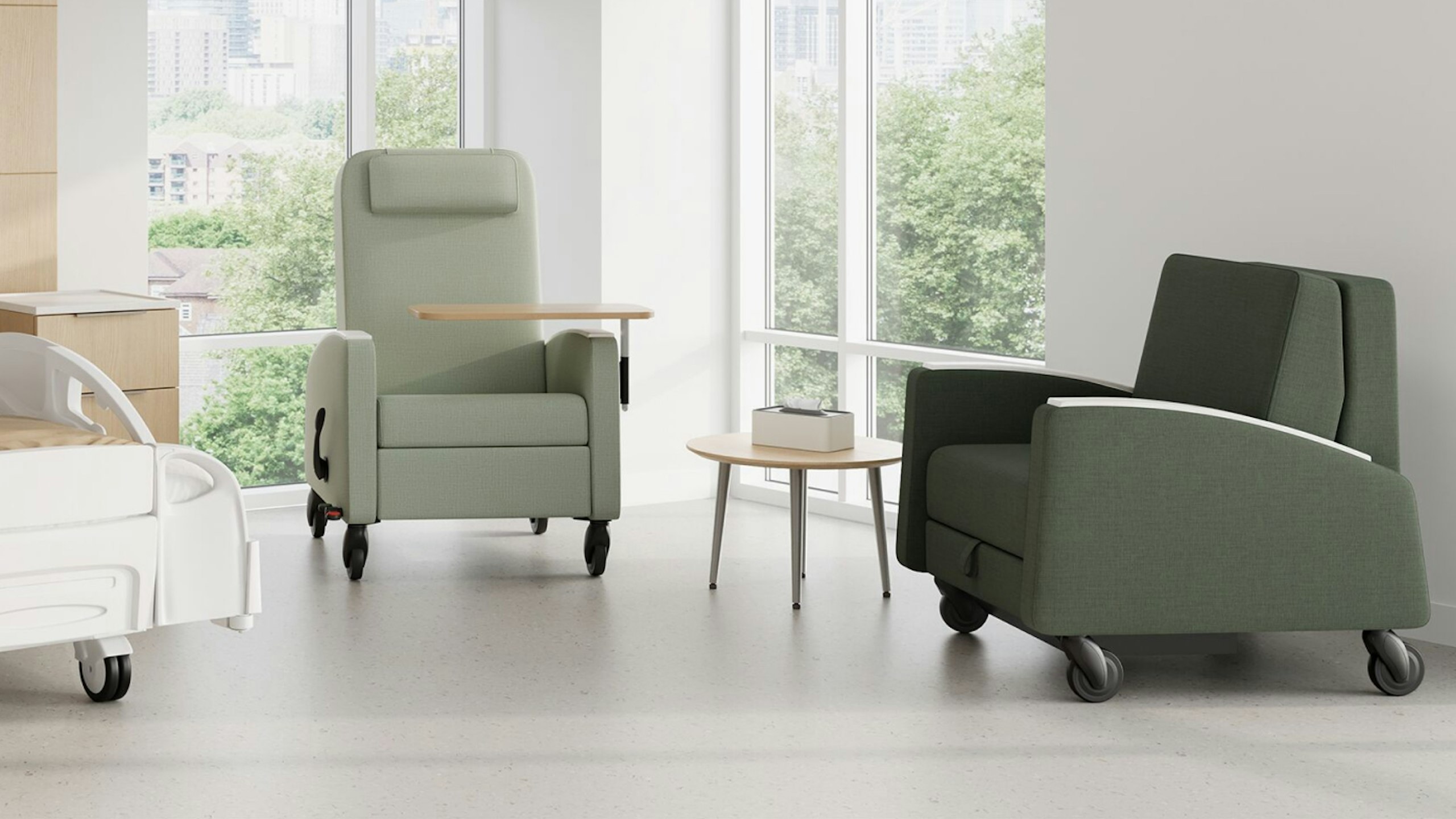
In every family, there’s at least one recipe that’s been perfected by someone—and is impossible for anyone else to recreate. Maybe it’s grandma’s pie crust, dad’s chili, or mom’s lasagna. The recipe’s written down, the steps seem simple, but somehow, no one else can make it taste quite the same. But why?
It’s because the really special recipes do more than list ingredients and instructions. They’re more about the way someone makes a dish—the feel, the timing, and the instinct gained from years of repetition.
The same principle applies to healthcare seating. Other manufacturers might be able to replicate the form, use similar materials, or reverse-engineer the details. But if they weren’t there for the research, the first prototype, or the initial conversations about who a design is for and what it should do, something is always a little off.
Solving the distinct challenges of healthcare environments
Founded in 1950, Nemschoff was one of the first companies to focus exclusively on the needs of healthcare spaces—including patient rooms, public areas, and welcoming/waiting spaces. More than a manufacturer, Nemschoff was an originator, defining what healthcare furniture could be, and creating a category in which design served not just function, but dignity, safety, and care.
In 2009, Nemschoff became part of Herman Miller, deepening their expertise in human-centered design. The collaboration brought together a shared belief in research, innovation, and designing for real-world needs.
Today, this legacy lives on at MillerKnoll.
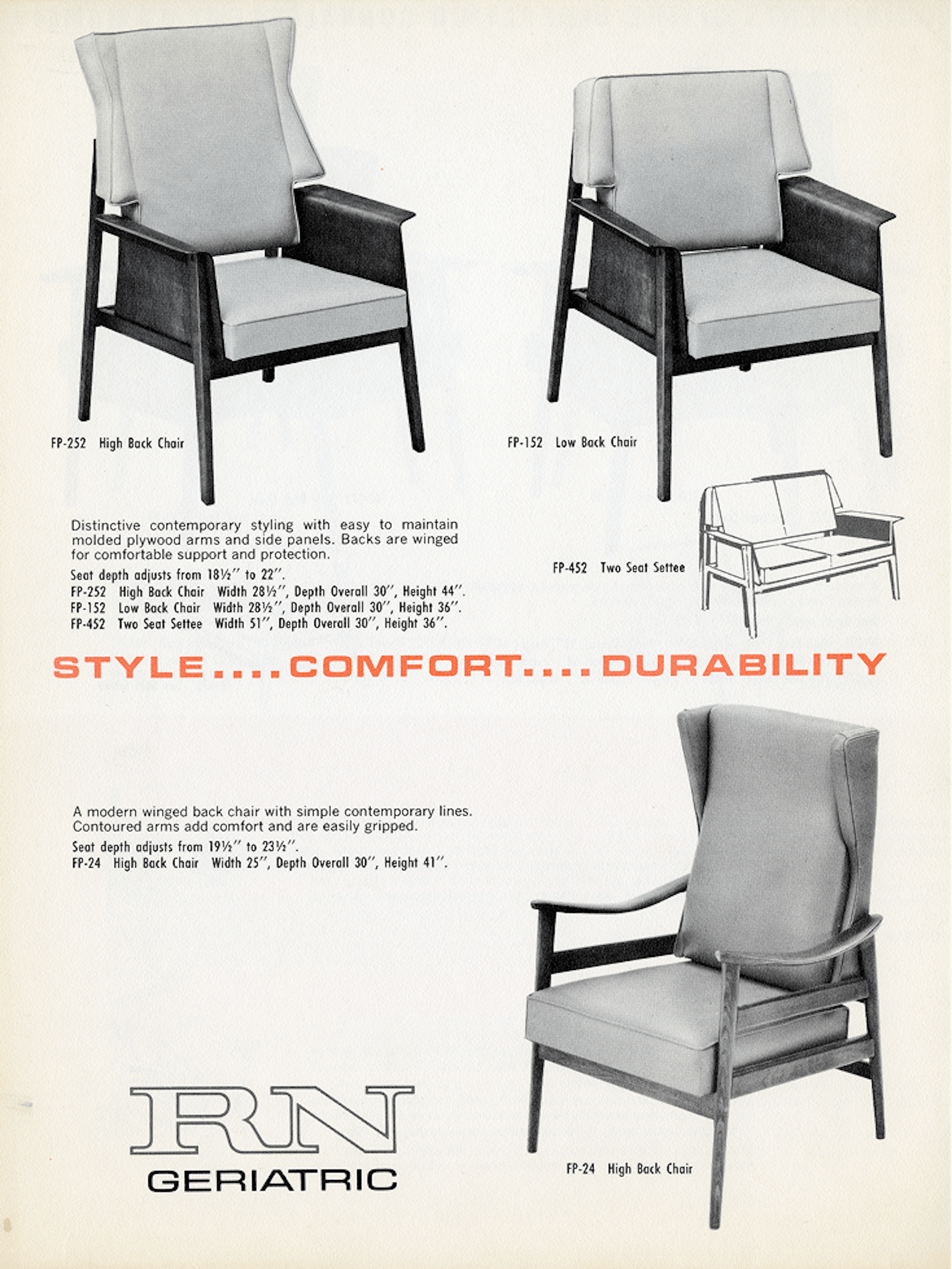
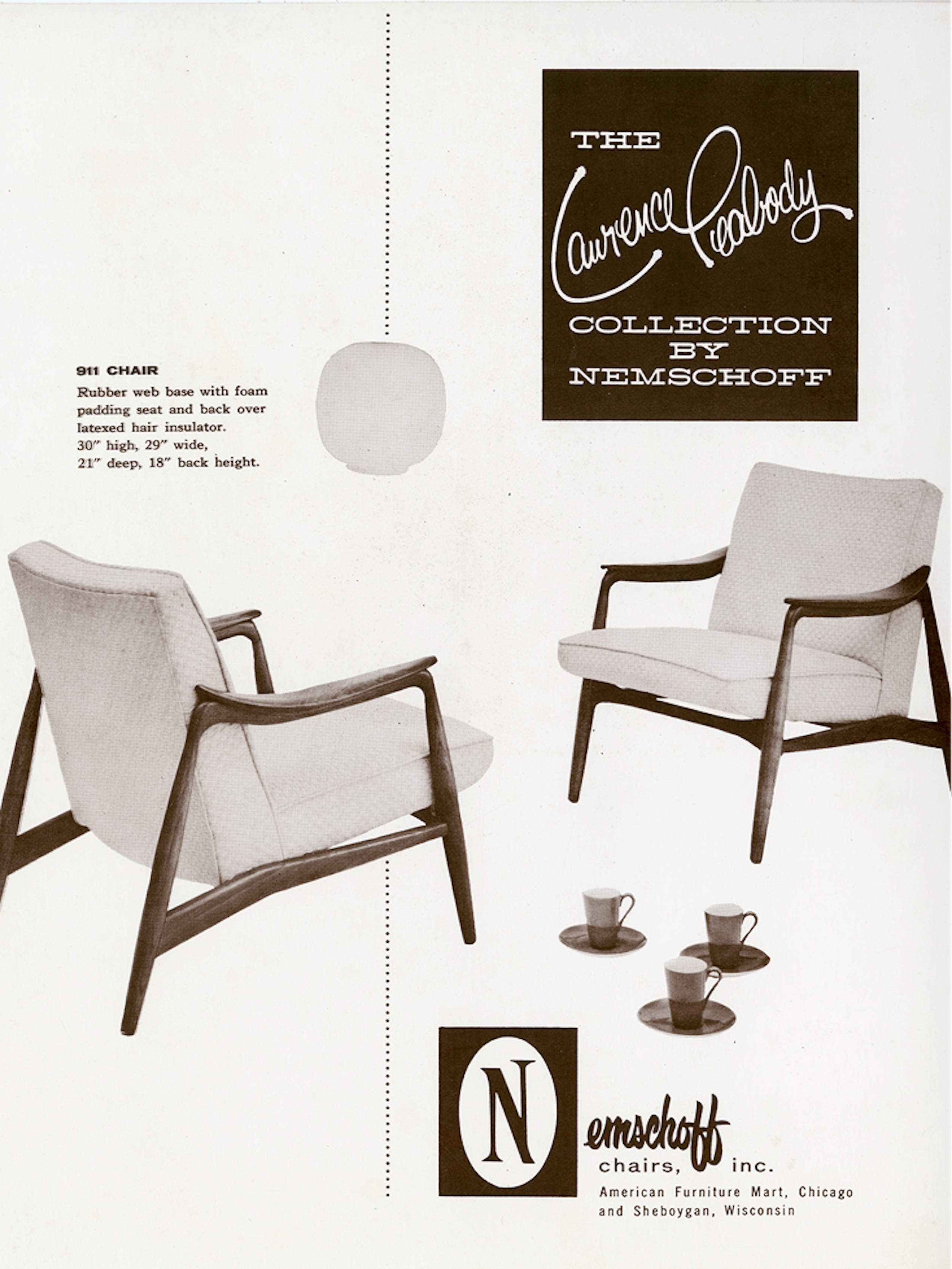
Design partners in hospital wings
Some of our most valuable design partners don’t work in studios. They work in healthcare environments.
Our nurse consultants work together with clinicians in the product development process, helping us see beyond assumptions to recognize the real-world challenges of healthcare environments. Their insights are not theoretical; they’re grounded in lived experience.
For example, when developing new recliner mechanisms, nurses and care partners were brought into the factory to test prototypes and provide direct feedback. Their input didn’t just improve comfort. It influenced core engineering decisions that enhanced durability and usability in clinical settings.
We take these insights and layer them onto our deep foundational understanding of ergonomics to create the right permutation of seat height, arm function, tilt angles, footrest mechanisms, and overall footprint. These insights also shape the way we think about materials, dimensions, and durability across a wide range of clinical applications. And they remind us that the best solutions emerge not from assumptions, but from a hard-earned, human-centered understanding.
Meaningful firsts
When you involve the people who are closest to the work, you don’t just get a better outcome. You get a series of meaningful firsts.
Our brands were the first to bring a flop sofa to market. The simple innovation of a sleep sofa without a mechanism redefined the experience of family members whose loved ones require longer hospital stays. Never before have high-use environments seen quieter, safer, and more reliable sleep seating.
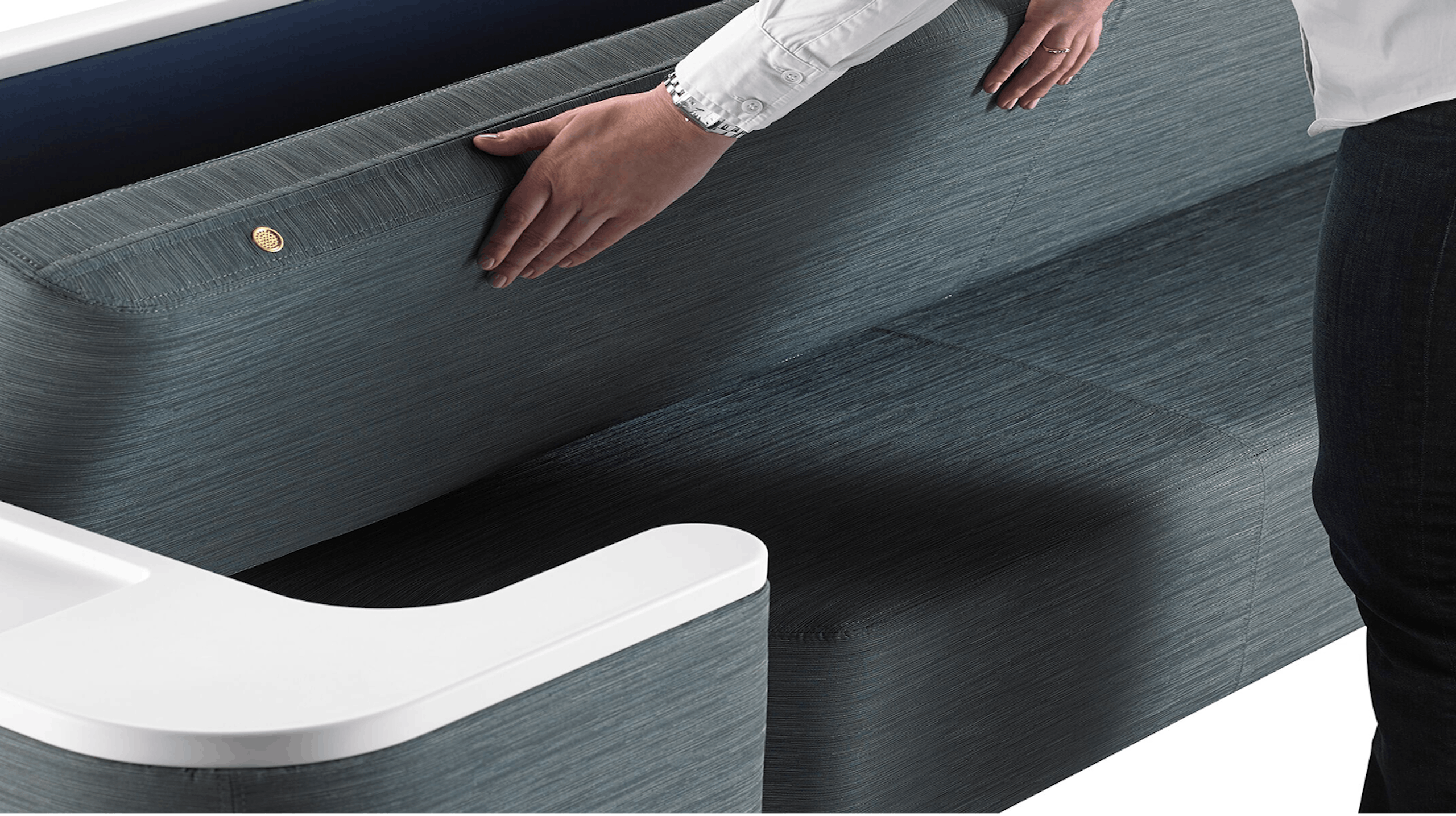
Our brands also helped shift the industry from single-action recliners to dual-mechanism designs, allowing independent adjustment of the back and footrest—a functionality that is now standard across the category. Other innovations include the central brake and steer system on recliners, which lowers the risk of injury during transitions from sitting to standing while still enabling mobility and comfort. And although some early innovations—like built-in heat and back massage—have evolved or been retired, their presence in early product development helped set the foundation for how the market thinks about comfort in healthcare seating.
Feedback before features
Here are some of the countless ways we’ve redefined and refined healthcare seating over the years.
Comfort that understands the human experience
When one of our own team members undergoing cancer treatment shared how uncomfortable it was to sit through infusions, we listened. Then we acted, creating the Serenity Recliner to bring comfort, dignity, and support to some of healthcare’s most vulnerable moments.
Going further, we partnered with the engineers behind the Herman Miller Aeron Chair to develop the Nala Patient Chair. This breakthrough in ergonomic seating, which has become a trusted choice in patient care, supports the natural movement of the body to help reduce strain and enhance comfort over long durations.
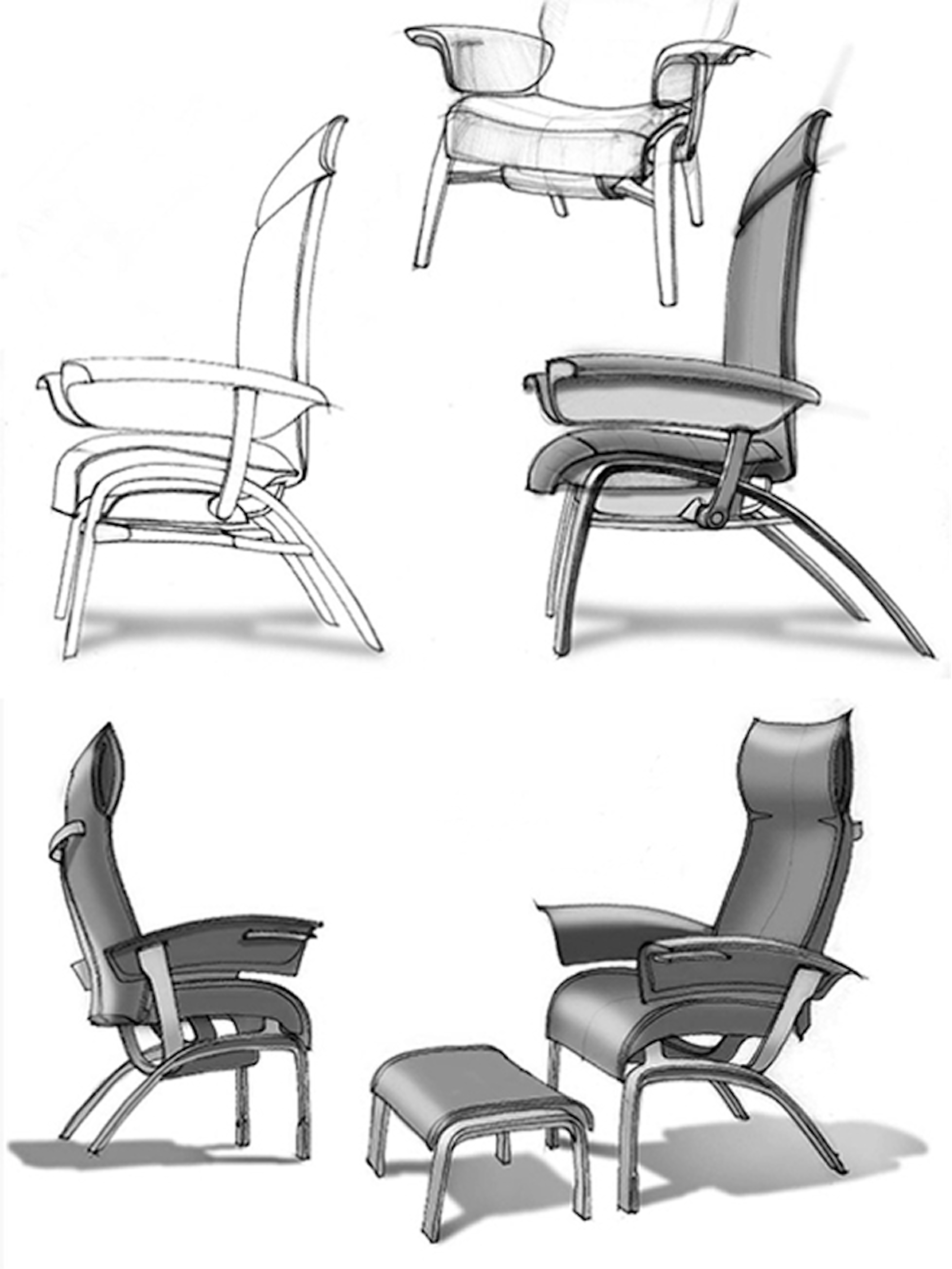
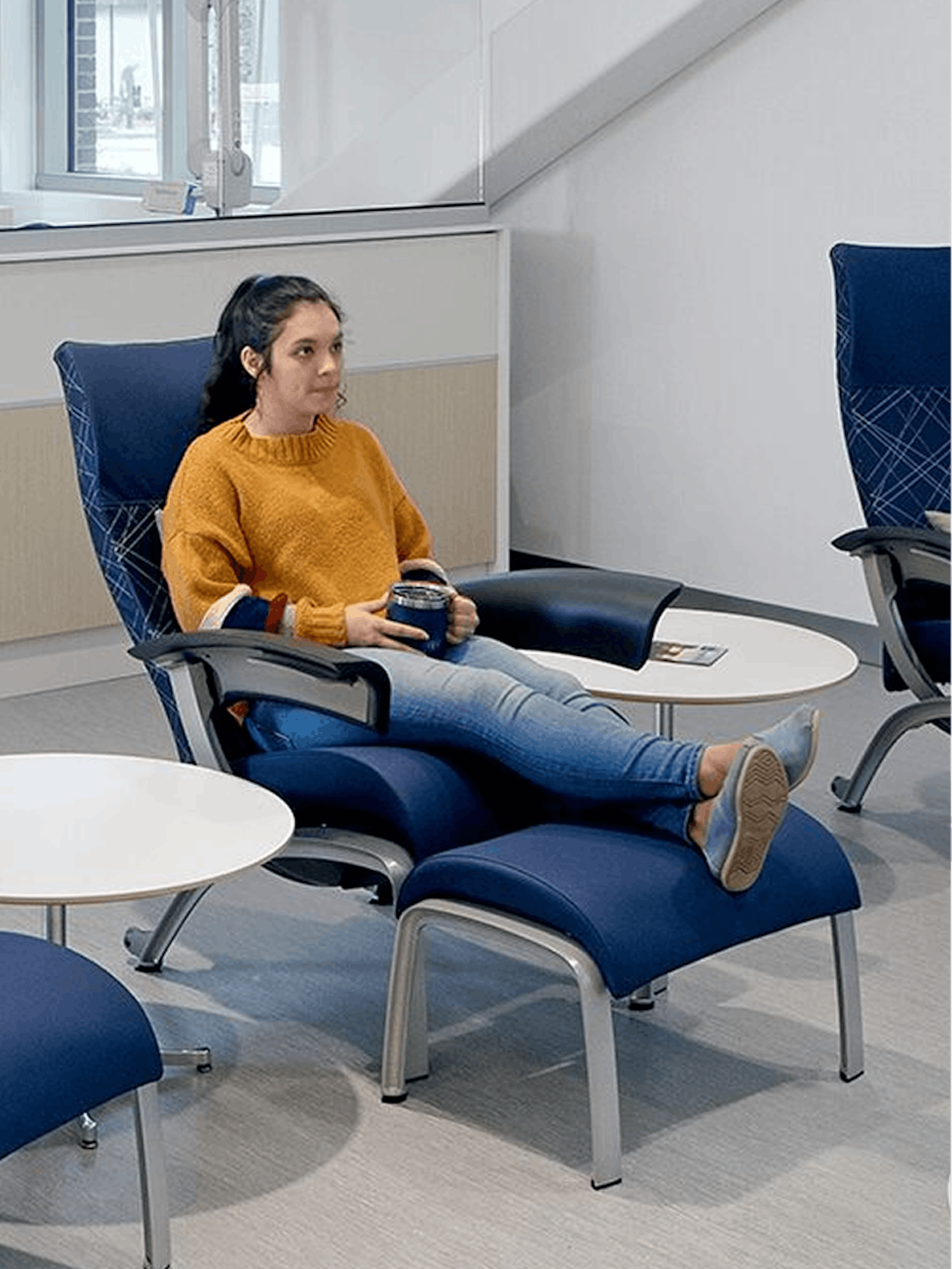
And because the care journey doesn’t happen in isolation, we turned our attention to the guest experience—an often overlooked, yet deeply important contributor to healthcare outcomes. Our research led to the creation of the Palisade Collection, designed to support the people who are there to support others. It creates a sense of welcome, ease, and inclusion in spaces that can often feel clinical and cold.
Design that works smarter, longer
Healthcare furniture works hard, so our brands build it to last. Not just in terms of durability, but also day-to-day performance. This includes streamlined mechanisms to reduce maintenance and improve uptime. Making cleaning easier by introducing seating designed with gaps to allow debris to fall through and enclosed casters to resist buildup.
These aren’t just smart features. They’re operational advantages that keep rooms available and clinical staff focused on the most critical work—patient care.
Safety built into every detail
In healthcare, safety isn’t a feature. It’s a foundation. That’s why we’ve engineered details like larger casters with central brake-and-steer systems that make it easier to guide recliners through busy corridors. We’ve also collaborated with hundreds of nurses to develop seating that reduces fall risk, minimizes caregiver strain, and supports intuitive patient handling—all with the goal of keeping both patients and providers safer, every day.
Accessibility, reimagined
We believe inclusivity isn’t something you tack on. It’s something you design for from the beginning. While other manufacturers might simply widen a chair to broaden its utility, we rethink proportion and ergonomics entirely, creating seating that accommodates diverse body types while preserving comfort, support, and dignity. And with thoughtful features like passive locking systems, we’ve made it safer for aging individuals or parents holding a child to exit a glider without abrupt movements.
Our designers don’t start with features. They start with feedback. Because the best solutions emerge from hard-earned, human understanding, not assumptions.
Our continuous improvement mindset
When our brands design for healthcare environments, innovation is shaped by a continuous feedback loop, driven by insights from nurses and care partners, observations from the field, and feedback from the people who build our products every day. Because our associates are empowered to speak up, our operations and manufacturing teams will often catch the details others might miss. In the process, they provide ideas that improve quality, streamline maintenance, or extend durability in ways that directly impact care.
Products from our brands remain relevant—and our customers confident—because of this ongoing exchange between the people who use these products, the people who make them, and the designers with whom we work. For us, innovation is never a one-time process. It’s an ongoing cycle of improvement that keeps us aligned with the people we serve and makes the designs from our brands hard to copy. Because what sets them apart isn’t just the shape or the specs, but everything we’ve learned along the way.
A difference you can’t see
You can have the exact recipe for your family’s favorite dish, follow every step, and still not recreate what made it special. Because the difference is something you can’t simply write down.
At MillerKnoll, every design our brands create is informed by decades of real-world use and refined through continuous dialogue with the people it’s meant to serve. This closeness matters, because the farther a design moves from its origin, the more it loses its clarity, purpose, and intent.
3-point recap
When you work with MillerKnoll, you get healthcare seating you can trust—shaped by decades of real-world insight, collaborations with clinicians, and research-based design that puts the experience of your staff, your patients, and their loved ones first.
You get solutions that reduce the human struggle—because they’re shaped by the people who use them every day. By designing with frontline feedback, our brands create seating that solves real problems and doesn’t just tack on new features.
Other manufacturers might be able to mimic the look, but not the legacy of reliability, comfort, and performance that only decades of real-world input and refinement can deliver.
Ready to start your healthcare project?
Connect with us today and discover how you can get to market faster, optimize your investment, and elevate the experience for all.
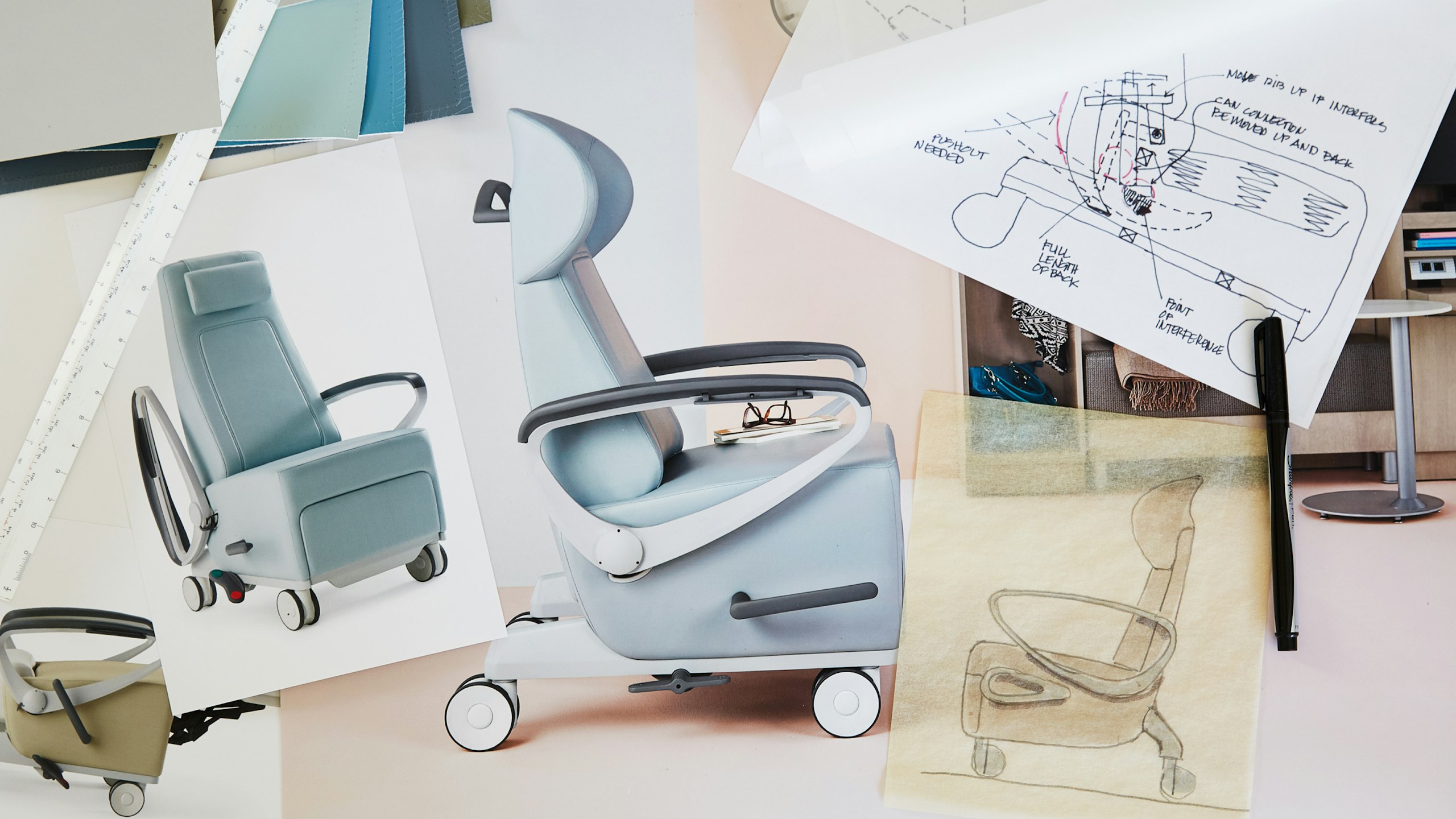
Hungry for more?
Explore more ways we’re helping healthcare organizations elevate the experience of care.

Hospitality in healthcare
Go beyond generic amenities and accommodations to elevate the experience of care for all

Planning for clinical practice
How a space planning process can help ensure people can give and receive the best care

Project profile: BAMF Health
How a world-class cancer diagnosis and treatment center is putting hospitality first